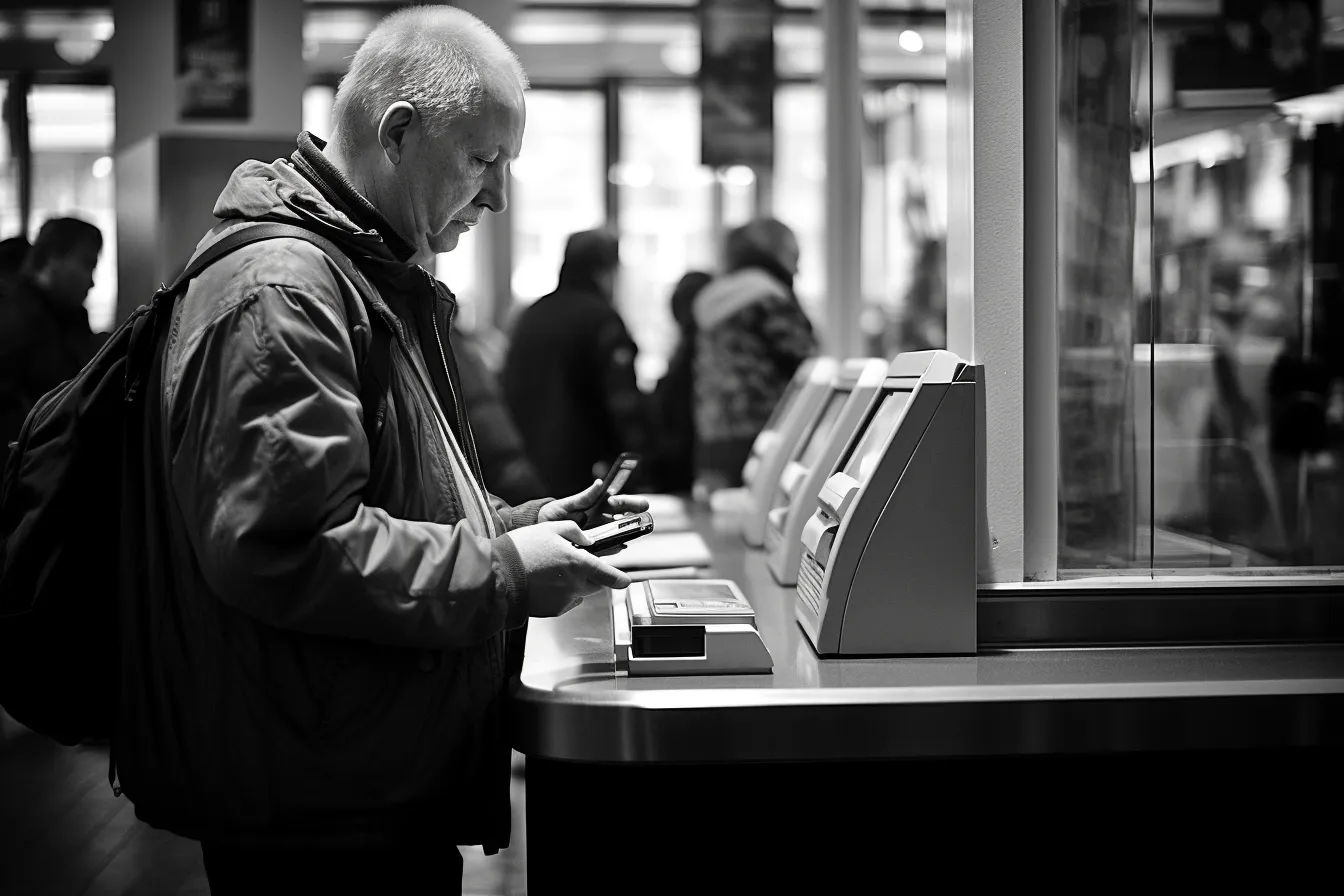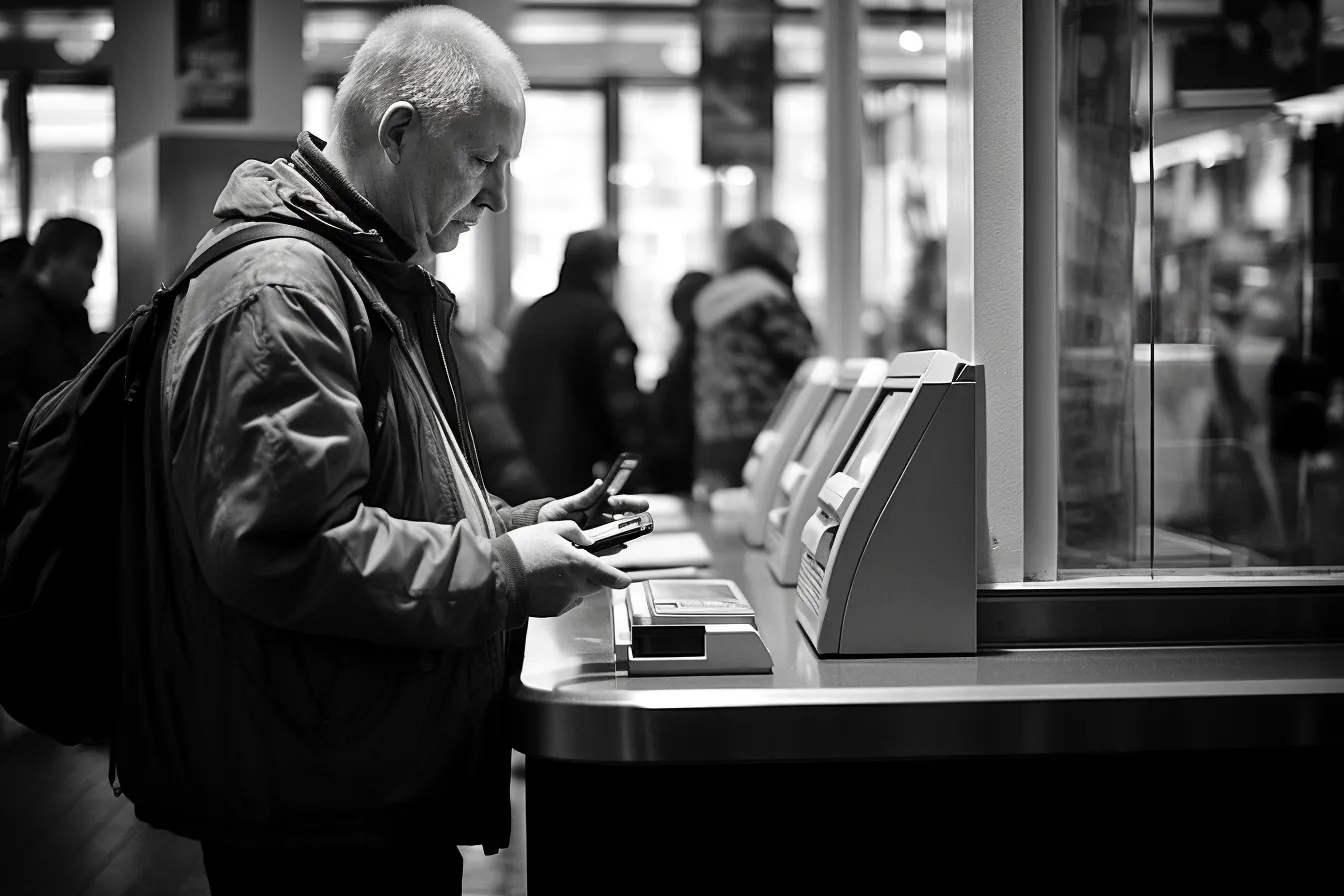In today’s digital age, the way we manage our finances has transformed significantly. Gone are the days of standing in long lines at the bank or balancing checkbooks manually. Instead, we now have the convenience of mobile banking at our fingertips. But is this technological advancement truly superior to traditional branch banking? In this article, we will compare the pros and cons of mobile banking versus traditional banking, helping you make an informed decision about which option best suits your financial needs.
The Pros of Mobile Banking
Mobile banking offers a plethora of advantages that have revolutionized the way we handle our finances. Firstly, the convenience factor cannot be understated. With a mobile banking app installed on your smartphone, you can access your accounts and manage your money from anywhere at any time. Say goodbye to rushing to the bank before it closes or waiting in line — all you need is an internet connection.
Secondly, mobile banking provides a level of flexibility that traditional banking simply cannot match. Need to transfer funds between accounts or pay bills on the go? With just a few taps on your phone, you can complete these transactions swiftly and efficiently. Plus, the ability to check your account balance and monitor your expenses in real-time allows for better financial awareness and control.
The enhanced security measures implemented by mobile banking apps are another significant advantage. Utilizing features such as fingerprint or face recognition, two-factor authentication, and encryption, these apps ensure that your personal and financial information remains safeguarded. Additionally, in the event of a lost or stolen card, mobile banking empowers you to freeze or block your card immediately, preventing unauthorized transactions.
The Cons of Mobile Banking
While mobile banking offers numerous benefits, it is not without its drawbacks. One potential disadvantage is the reliance on technology. In the event of a power outage, device malfunction, or internet connectivity issues, accessing your accounts or performing transactions can become temporarily impossible. This dependence on technology may concern those who prefer the reliability and familiarity of traditional banking.
Another downside of mobile banking is the lack of physical interaction and personalized assistance. With traditional banking, you have the opportunity to visit a physical branch and speak with a teller or banker face-to-face. This personal touch can be comforting, especially when dealing with complex financial matters or seeking expert advice. Additionally, some individuals may find it challenging to trust technology completely and may have concerns about the security of their funds digitally.
The Pros of Traditional Banking
Traditional branch banking has its own set of advantages that cannot be overlooked. Firstly, ensuring a human touch, interacting with bank staff directly allows for a more personalized banking experience. Whether it’s discussing your financial goals, applying for loans, or seeking assistance, having a knowledgeable professional guide you through the process can be invaluable.
Another benefit of traditional banking is the availability of physical cash and services. While digital payment methods are on the rise, there are still instances where cash is necessary or preferred. With branch banking, you have easy access to in-person cash withdrawals, cashier’s checks, and other services that may not be conveniently provided through mobile banking.
Furthermore, some people find comfort in the tangibility of traditional banking. Holding a physical bank statement or depositing cash into an actual teller’s hand can instill a sense of trust and control that digital banking may not replicate.
The Cons of Traditional Banking
Despite its merits, traditional banking also has its limitations. For instance, banking hours can often be restrictive, making it difficult for individuals with busy schedules to find a convenient time to visit a branch. Waiting in long queues at peak times can also be time-consuming and frustrating.
Additionally, traditional banking often involves more paperwork and manual processes. Opening an account or applying for a loan typically requires multiple forms, signatures, and physical documentation. This can be perceived as tedious and cumbersome compared to the seamless digital processes offered by mobile banking.
Lastly, traditional branch banking may lack the speed and efficiency that digital banking provides. In today’s fast-paced world, where time is of the essence, the ability to perform transactions swiftly and access account information instantly is a significant advantage offered by mobile banking.
In conclusion, both mobile banking and traditional banking have their strengths and weaknesses. Ultimately, the choice between the two comes down to personal preference, accessibility, and the level of comfort you have with technology. While mobile banking offers unparalleled convenience and security, traditional banking provides a sense of familiarity, personal interaction, and access to physical services. Whichever option you choose, it’s important to weigh the pros and cons carefully to make an informed decision that suits your individual financial needs and preferences.







